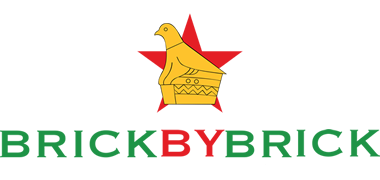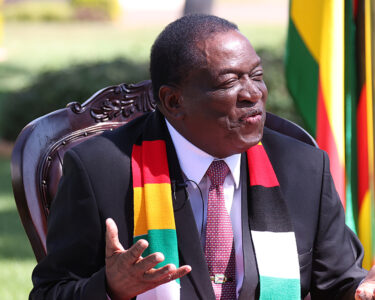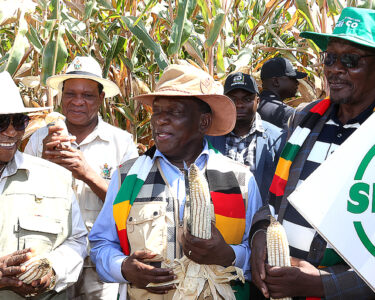#August 23: Zimbabwe decides!
- President Mnangagwa’s signature projects outshine politics
- Mobilising effects of development apparent
- The rebirth of Zimbabwean pride, self-belief
Since 24 June 2023, when President Emmerson Mnangagwa launched ZANU-PF’s presidential campaign in Chipinge, the huge turnouts at his star rallies have stunned millions of people. No wonder they are now coming up with all sorts of theories to explain how the ruling party is managing to pull in such multitudes when the opposition is struggling. There is widespread speculation that President Mnangangwa was evoking the spirit of the Second Chimurenga when he chose to launch his campaign in remote Chipinge, home to one of the ruling party’s founding fathers, the Reverend Ndabaningi Sithole. Incidentally, the Second Republic recently conferred National Hero status on Rev Sithole, an honour that some believe has woken up the revolutionary spirit in ZANU-PF.
Others surmise that the decision to hold the harmonised elections in August, the month the country remembers its liberation war heroes and heroines; and the month we also celebrate the Defence Forces in upholding the gains of independence, could have provided the spark that is drawing thousands of Zimbabweans to the rallies.
On the other hand, there are the perennial sceptics, who are attributing the bumper crowds to “freebies that are being churned out by the ruling party at the rallies”, while others are arguing that “ZANU-PF is bussing people”. Unbeknown to these doubting Thomases, while pushing their cheap arguments about “freebies” and the “bussing of supporters”, they conceding that ZANU-PF is a mean machine when it comes to mobilising its supporters. This is because — legally, ethically and morally — there is nothing wrong with the ruling party feeding its supporters and providing transport for them to attend the rallies. If ZANU-PF has the organisational capacity and financial muscle to do it, why not flex it?
However, there is more to the forthcoming elections than the bumper crowds that President Mnangagwa is attracting to his rallies. Our Editor-in-Chief, Munyaradzi Huni, who has travelled extensively across the Zimbabwe over the past 10 months, goes beyond the crowds and argues that the huge turnouts confirm that Shumba Chirambwi’s developmental programmes and projects over the past five years are resonating well with the majority of Zimbabweans.
The Second Republic’s development trajectory has spread across the country and is now being felt in even previously marginalised areas. Huni is adamant that what we are witnessing at the rallies are the mobilising effects of development that speaks to the people’s hopes and aspirations. Read on . . .
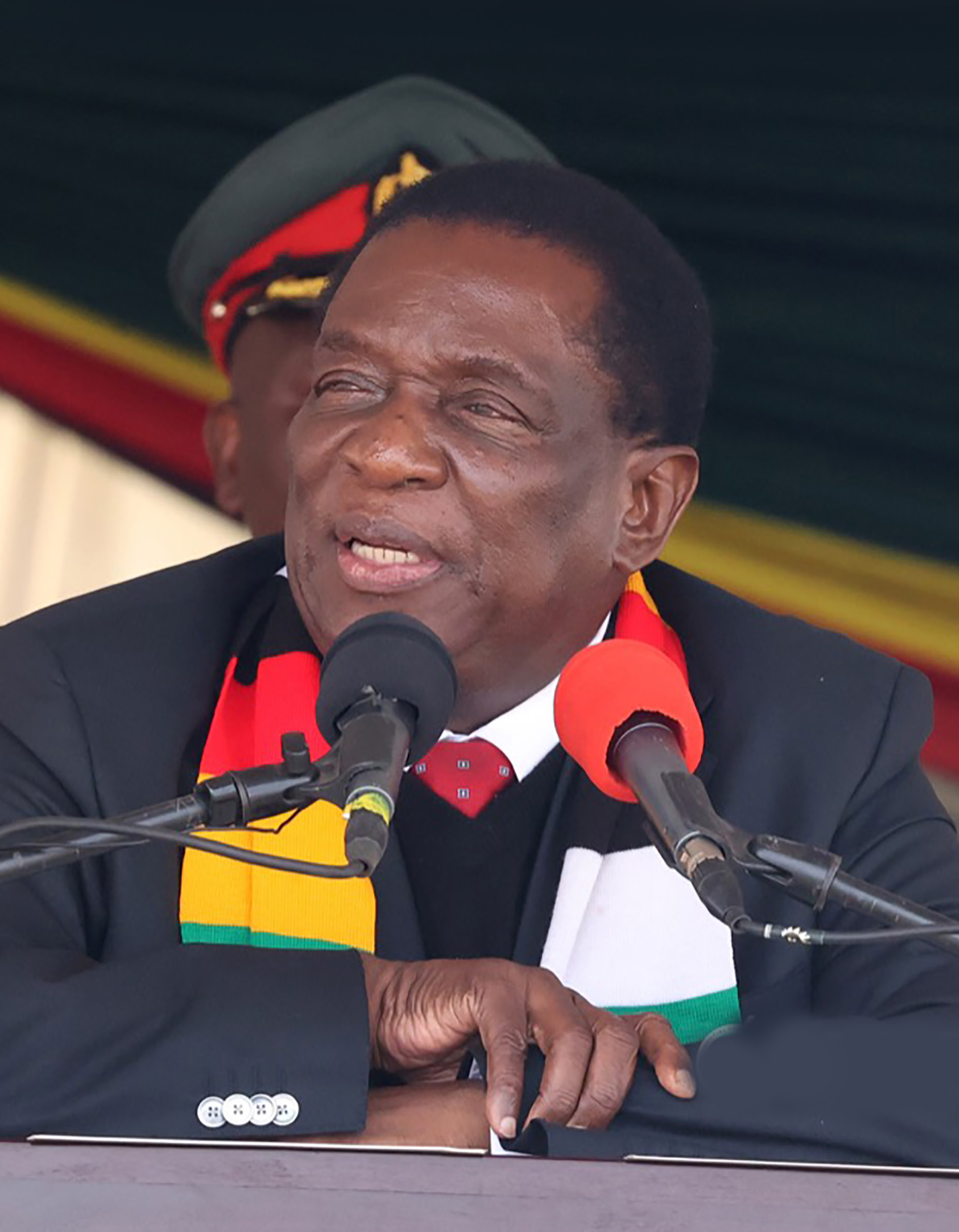
Those who are observant or, let me say, those who are blessed with the third eye, will tell you that over the past few weeks, President Mnangagwa has been walking with a spring in his step. He is oozing tonnes of confidence as he goes about his duties. Even the way he is delivering his speeches, one can easily see that the man is on top of the world.
Crucial elections, which have a strong bearing on his political career and that of ZANU-PF, are fast approaching, yet President Mnangagwa looks so composed and relaxed every time he steps out to address the ever-increasing numbers of ruling party supporters. Is this what they call “having a thick skin?” Or, this is a leader who knows that the deal is done long before the contest begins?
The spring and swagger in President Mnangagwa’s step
So, indeed it’s true that “when you have a lot of confidence and you feel like nobody can beat you, it’s game over for everyone”. The spring and swagger in President Mnangagwa’s step and his body language tell the story of a confident politician who knows that no one can beat him.
Politics can never get this sweeter or better, but don’t be fooled by these recent developments. President Mnangagwa has been in the trenches, sweating it out, since the day he was sworn into office in 2017. In his acceptance speech on 24 November 2017, President Mnangagwa said something quite profound.
“I have to hit the ground running to make sure that I lead in stupendous efforts we all need to summon and unleash, in concert, towards taking this great nation beyond where our immediate past President left it. For close to two decades now, this country went through many developments. While we cannot change the past, there is a lot we can do in the present and future to give our nation a different, positive direction,” said President Mnangagwa.
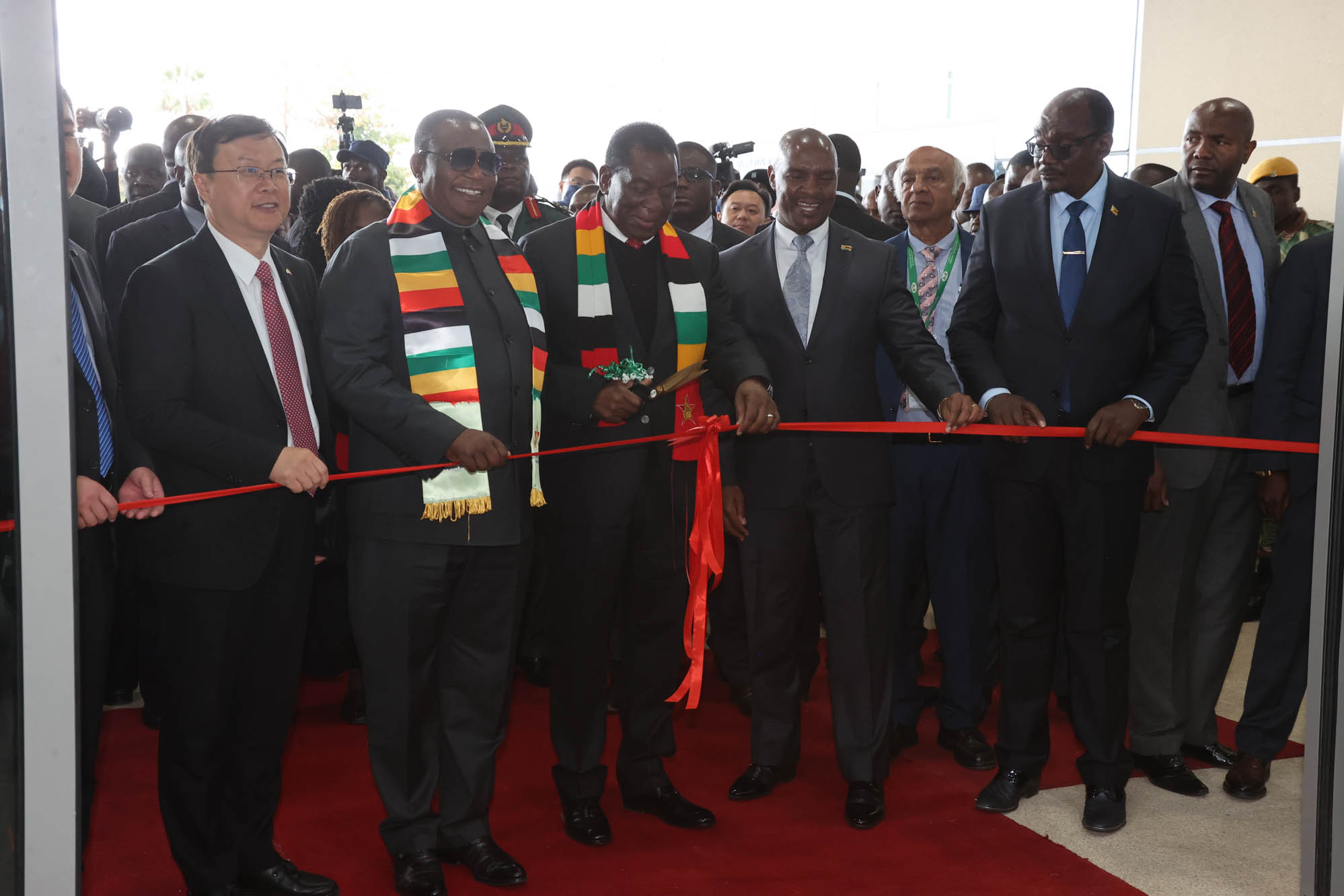
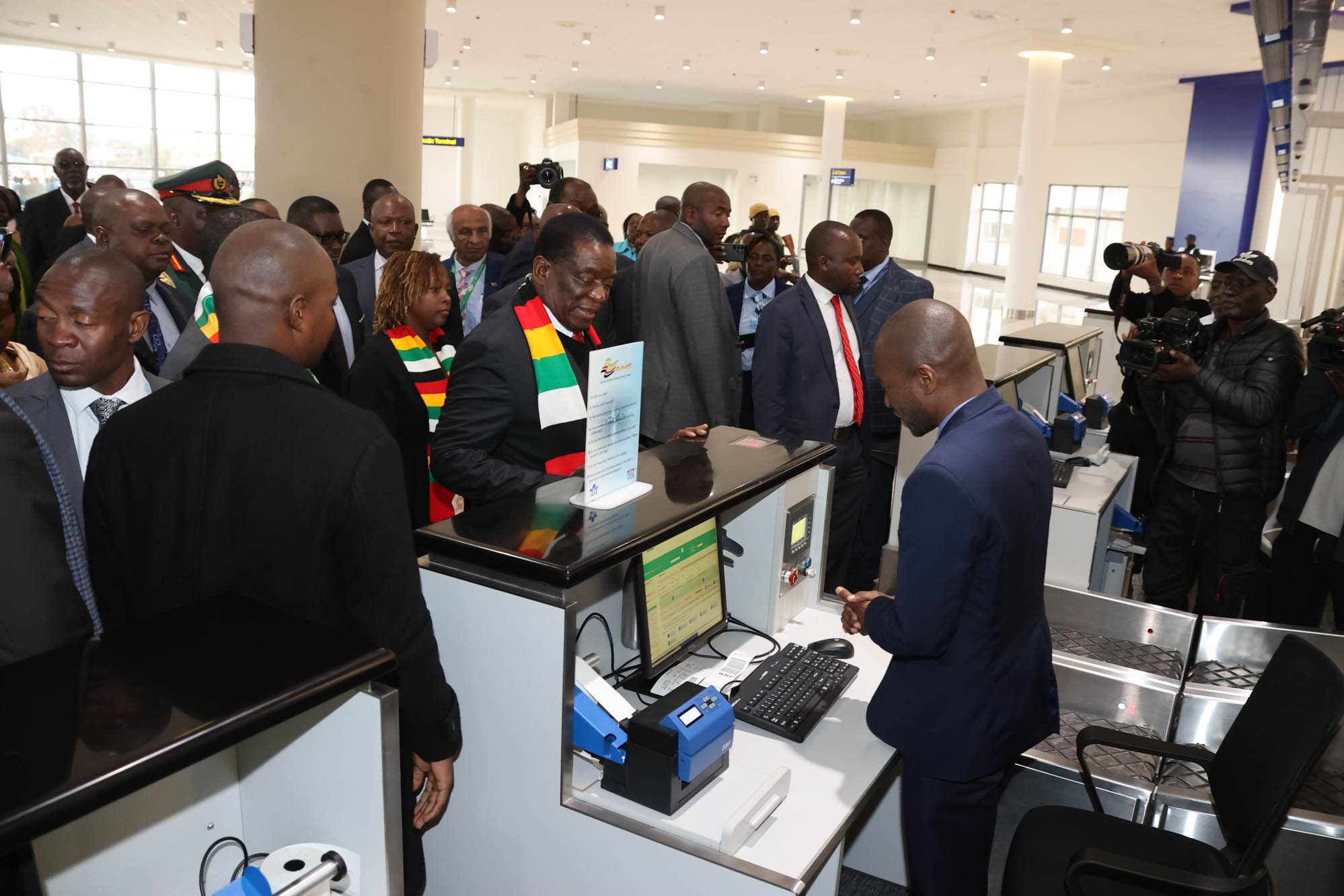
Indeed, five years down the line, President Mnangagwa has changed the narrative. He has instilled and re-invigorated the spirit of self-confidence and self-belief among millions of Zimbabweans, both at home and abroad. Zimbabweans are fast regaining their pride as a people and this is exactly what President Mnangagwa was talking about when he spoke about “a lot we can do in the present and future to give our nation a different, positive direction”.
Once as a nation, we are on the same wavelength; and have become a self-believing people; the various pieces of the jigsaw puzzle will automatically fall into place. So, please forgive President Mnangagwa when he walks with a spring in his step. His signature projects, that include upgrading the Robert Gabriel Mugabe International Airport, modernising the Beitbridge Border Post, rehabilitation and dualisation of the Harare-Beitbridge Road, the construction of the Mbudzi Interchange and the long-awaited Gwayi-Shangani Dam, the multi-million-dollar DINSON Iron and Steel Company investment in Manhize and the expansion of the Hwange Thermal Station through the addition of Units 7 and 8, are fast reaching maturity stage and so allow him to enjoy the harvest.
Before plunging into these signature projects, it is important to point out that President Mnangagwa has introduced a new work ethic in government. The days of frustrating bureaucracy are over while those given the responsibility to lead the devolution agenda are going out of their way to ensure that the people feel the government’s presence at provincial, district and ward, not to mention, village level.
New-look RGM International Airport: We are walking the talk
Just a few weeks ago, President Mnangagwa commissioned the new-look US$153 million Robert Gabriel Mugabe International Airport, as the Second Republic continued to deliver on key projects in line with the country’s vision of attaining an upper middle-income economy by 2030. The RGM International Airport has since been handed over to the Airports Company of Zimbabwe (ACZ) by the contractor, China Jiangsu International-RGM Airport Project.
Aviation experts will tell you that developing an efficient air transport system is critical in enhancing economic growth as expressed under the National Development Strategy 1 (NDS1). The commissioning of the airport has set the tone for massive transformation in the aviation and tourism sectors.
Construction at the main terminal is complete and only a few final touches are outstanding while the state-of-the-art VVIP pavilion is ready. The new arrivals and departure sections have been opened to the public while the rehabilitation of the existing international and domestic terminal buildings will be carried out soon.
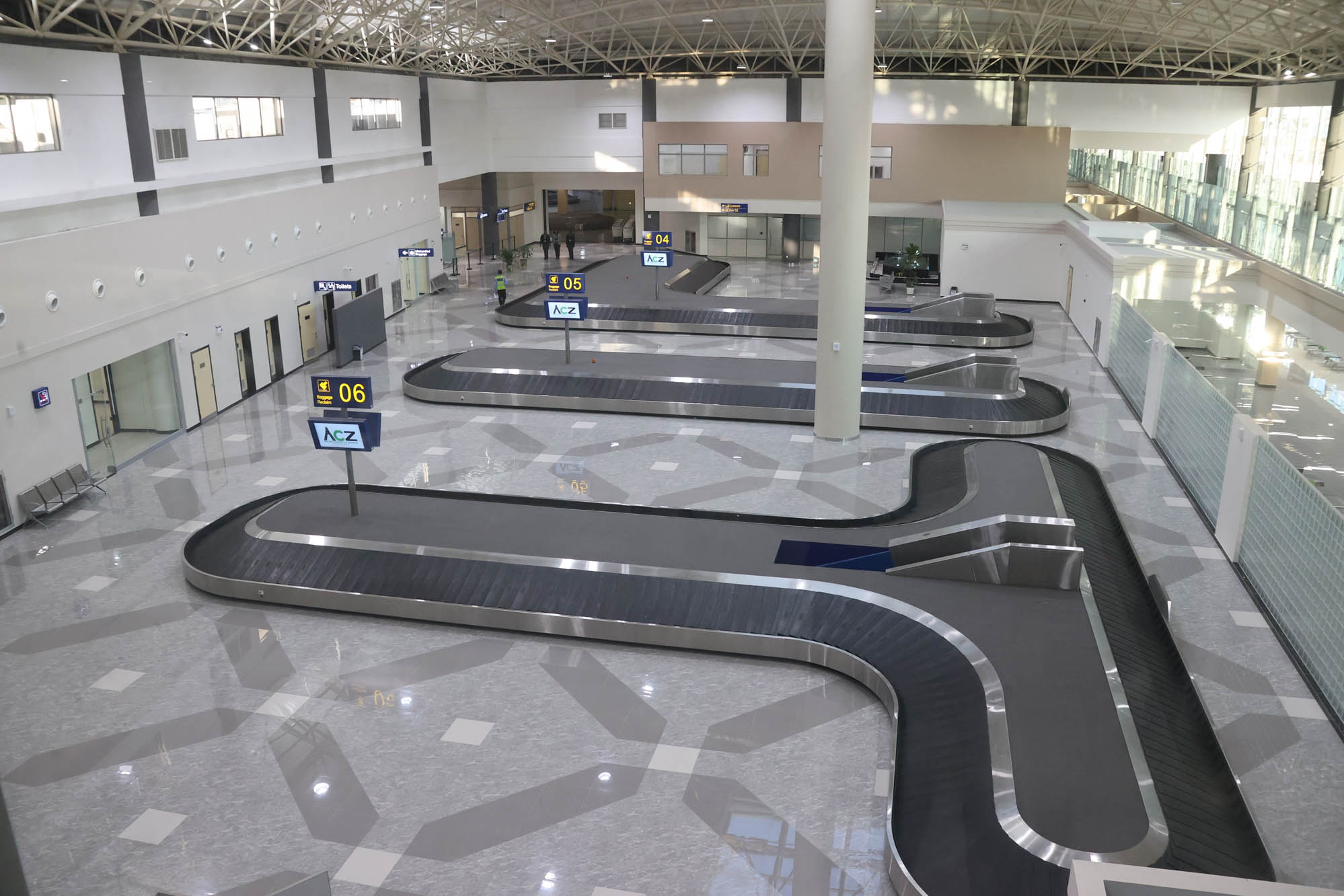
The RGM International Airport is one of Southern Africa’s main gateways, connecting regional hubs like OR Tambo International Airport in South Africa and Kenneth Kaunda International Airport in Zambia. The new airport will handle at least 6.5 million passengers per year, a phenomenal increase from the 2.5 million handling capacity of the old terminal.
The new-look airport has been tweaked with both international arrival and departure sections to serve as one all-inclusive terminal. So far, four new aerobridges, one with a capacity of handling A380 aircraft and four baggage carousels have been installed. The construction of a new fire station, relocation of the satellite fire station and the rehabilitation of an existing apron is ongoing. The departure wing takes up a larger space in the terminal, while the remaining space is occupied by the arrival and passenger processing area. The two terminals include new facilities like self-check-in kiosks, flight information display systems, prayer rooms, smoking area, restaurants, duty-free shops and a quarantine centre.
“It is important that we walk our talk. We are saying we want to modernise our country, we want to industrialise our country and this is evidence of modernising the facilities in our country,” President Mnangagwa said after touring the new-look airport.
With the modernisation of the RGM International Airport in full swing, President Mnangagwa deserves a big pat on the back because for years Zimbabweans have been wondering why the government was not fixing the airport to meet its peer’s standards. It’s not an exaggeration that some of our African brothers must have been laughing at us as they checked in or out of the old terminal. Now we can stand proud and show them our majestic airport that matches international standards – thanks to President Mnangagwa’s pragmatism.
A modernised Beitbridge Border Post: The pride of passengers and motorists from the South
Besides upgrading the RGM International Airport, President Mnangagwa in September 2022, commissioned the modernised Beitbridge Border Post, which is now the pride of many Zimbabweans, especially those who frequently travel to South Africa by road. Before the upgrade of the border post, South Africans used to mock Zimbabweans for what they called a “village-looking” border post, but now the tables have turned. The South Africans have a lot of work to do to match the international standards set on the Zimbabwean side.
The new-look border post is still turning heads, not only because of its beauty, but also due to its improved efficiency brought about by automation. Speaking during the commissioning of the border post, President Mnangagwa said the upgrading and modernisation of the border post was a “key milestone in the operationalisation of the Integrated Beitbridge Development Masterplan and stands out as one of the signature infrastructure projects being implemented, to date, by the Second Republic.
“In line with international trends, and to further improve the quality of our services in the transport sub-sector, my government will accelerate the upgrade and modernisation of other border posts including Chirundu, Forbes, Plumtree, Nyamapanda, Kazungula and Victoria Falls.”
He added that the scope of work undertaken at Beitbridge Border Post “will undoubtedly see this port of entry facilitate the smooth discharge of the statutory functions of various stakeholders, as well as result in a seamless link of our economy with other jurisdictions along the North-South Corridor”.
“As such, the project gives prominence to the shared aspirations of greater regional integration and cooperation, as outlined in the Regional Infrastructure Development Strategy. This high-impact project will have far-reaching spin-offs for sustainable socio-economic development for the peoples and economies of our Southern African region.”
Harare-Beitbridge Road dualisation and rehabilitation: Empowering local giants
After spending millions upgrading the Beitbridge Border Post, it would be absurd for the government to let passengers and motorists drive on the death-trap that the Harare-Beitbridge Road had become over the years. Against heavy odds, the Second Republic embarked on an ambitious project to rehabilitate the Harare-Beitbridge Road using local contractors and local resources. When the Second Republic took the decision to finance the project from the fiscus and to use local contractors, the doomsayers had a field day dismissing it as “mission impossible”. But being the veteran freedom fighter than he is, President Mnangagwa stuck to his guns.
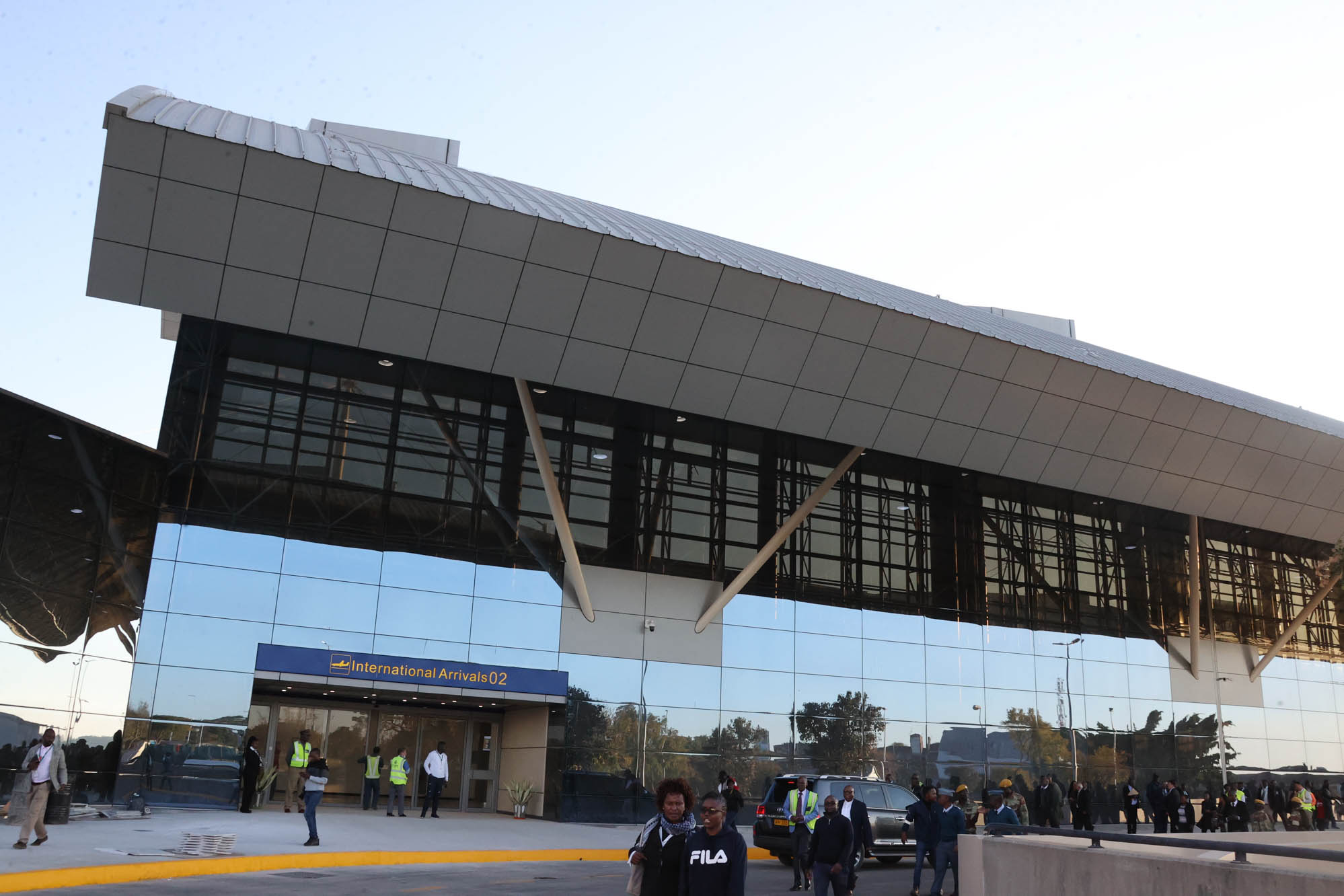
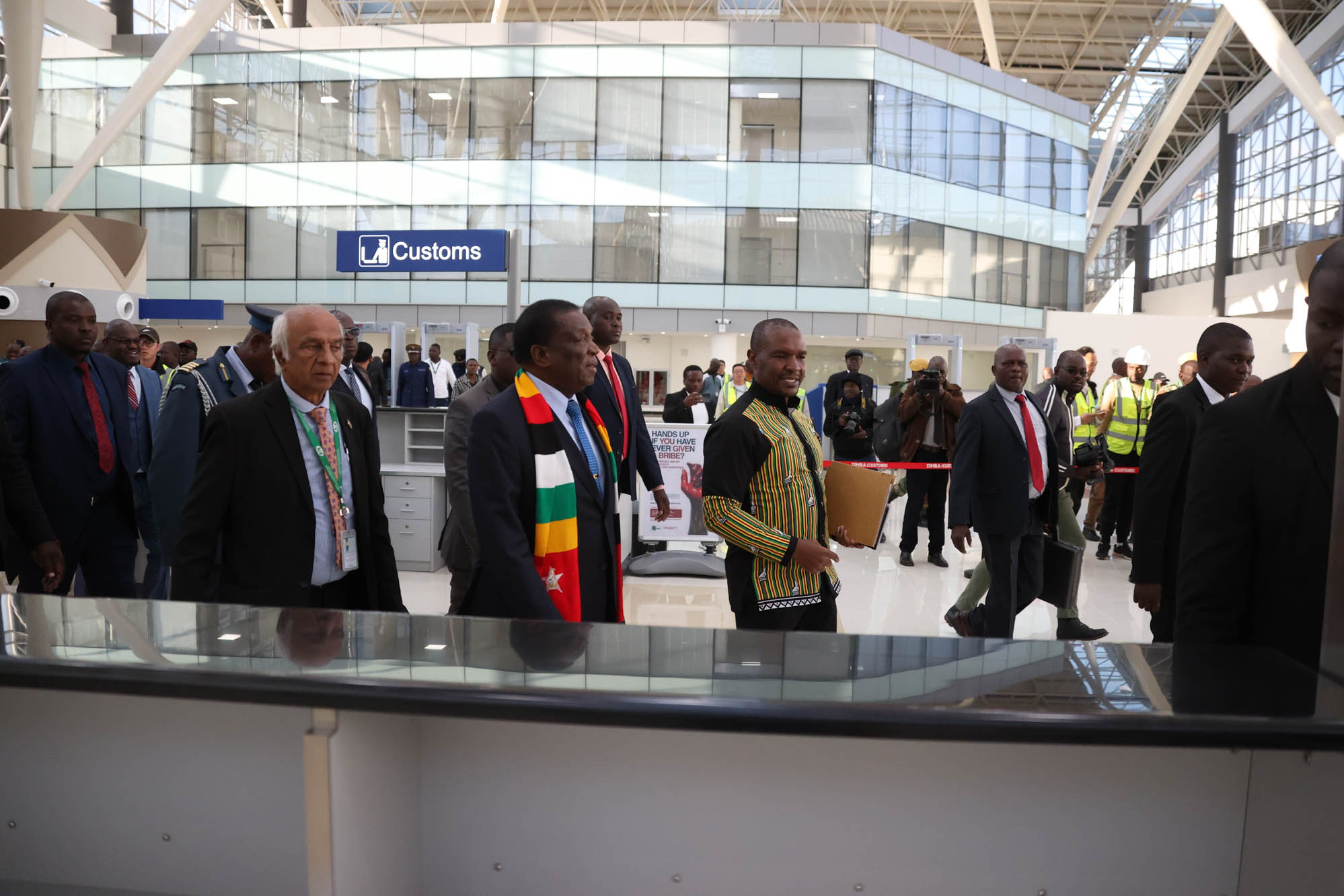
In May this year, the Minister of Transport and Infrastructural Development, Felix Mhona, told an expectant nation the following good news: “The Harare-Masvingo-Beitbridge Road is also another flagship project to demonstrate that we are also serious as the Second Republic. Within the past two years, we were hovering around 100 km, but as we speak, we have opened close to 435 km which shows where we are going now.
“So right now, we are saying, counting down, to say, we are left with 145 km, and at the end of June we are opening more kilometres. Basically, this year we would have completed this stretch from South to North and now bound to Chirundu. So we are saying it’s a complete stretch which starts from Beitbridge to Harare, Harare to Chirundu.”
The minister added: “As we speak, we have started the procurement [process]for the Harare-Chirundu stretch and I am happy that all our contractors empowered by the Second Republic, once again, now have the capacity to demonstrate that they can also compete within the country and the region.”
As Zimbabwean motorists cruise on the Harare-Beitbridge Road today, they can’t believe that quite a number of multinational companies such as Geiger International once actually won the tender to rehabilitate the road, but chickened out at the last minute. Fed up with relying on international contractors who often charged exorbitant amounts for their often sub-standard work, the Second Republic in 2018 engaged five local companies – Tensor Systems, Masimba Holdings, Fossil Contracting, Exodus & Company and Bitumen World to rehabilitate the road.
In true nyika inovakwa nevene vayo/ilizwe lakhiwa ngabanizani balo fashion, the local construction companies did not disappoint. The Harare-Beitbridge Road is there for everyone to admire. It now competes and even surpasses the quality of roads in most African countries.
Mbudzi Interchange: A beautiful piece of art
If there is one project that is set to change the face of Harare, it is the Mbudzi Interchange, which is being constructed by Tefoma Construction, a consortium of three local companies – Teforma, Fossils and Masimba Construction.
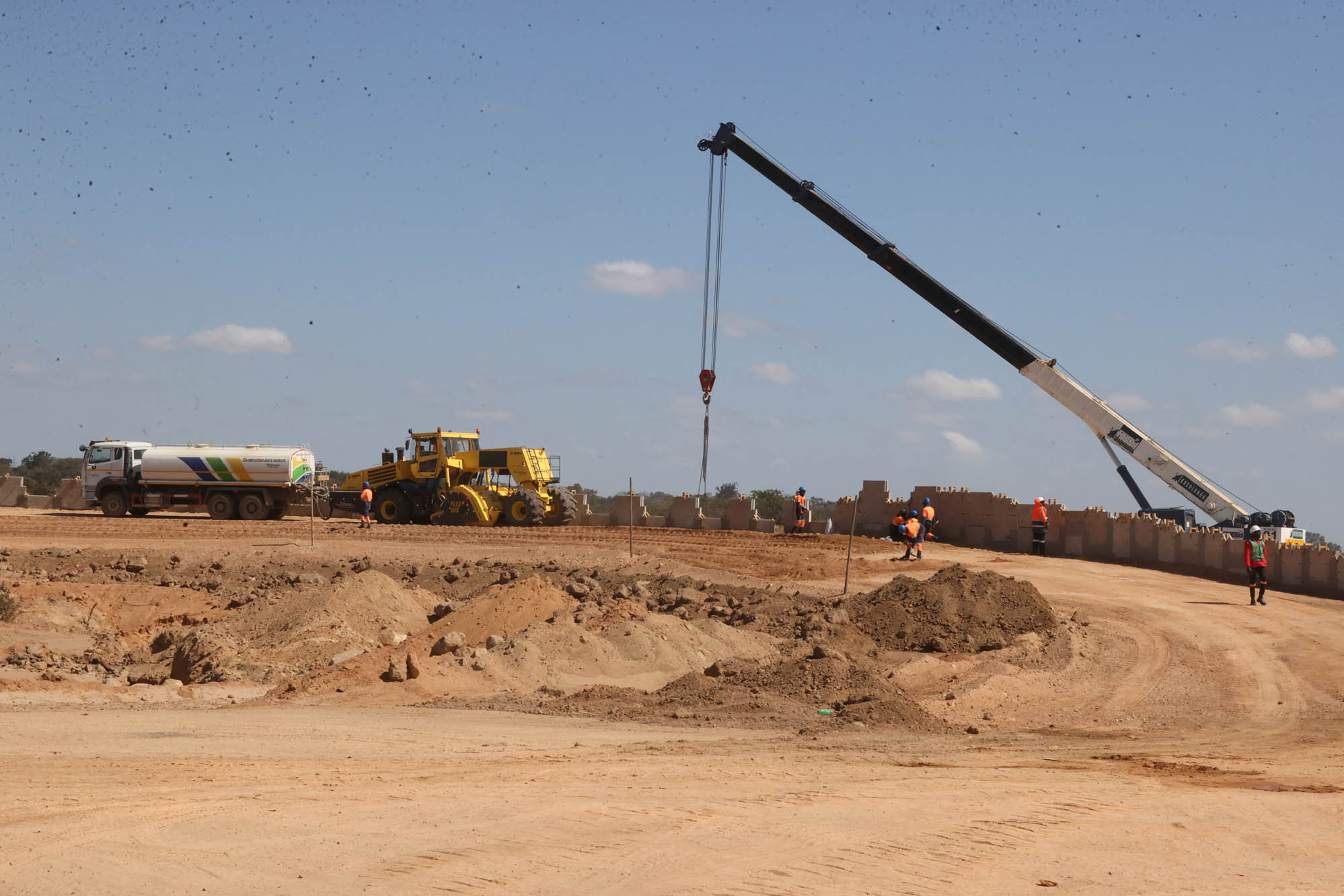
The interchange is an integral part of the Harare-Beitbridge Road project of which about 450 km of rebuilt and upgraded highway, including stretches of dual carriageway at critical choke points, is already open to traffic leaving just 110 km which is still work in progress.
A few days ago, the Secretary for Transport and Infrastructural Development, Theodus Chinyanga, told the local media that construction of the interchange was proceeding smoothly.
“The progress made so far is 43% and the plan is 47% and, of course, there is that difference in progress that we should have achieved. Most of it is attributed to the slow movement of progress on compensating those whose properties we have impacted on, but we are doing the best we can and the contractor has enough space to work on.”
Much has been written about the interchange, but very few people know that this piece of art was actually designed by Zimbabwean architects led by Dube, Nyoni, Madzikanda and Zulu (DNMZ). These are veteran architects and civil engineers with lots of international exposure.
Resident Engineer Emmanuel Dube, who was part of the team that designed the interchange, said the idea was to ensure that no motorist stops or gives way when entering the interchange.
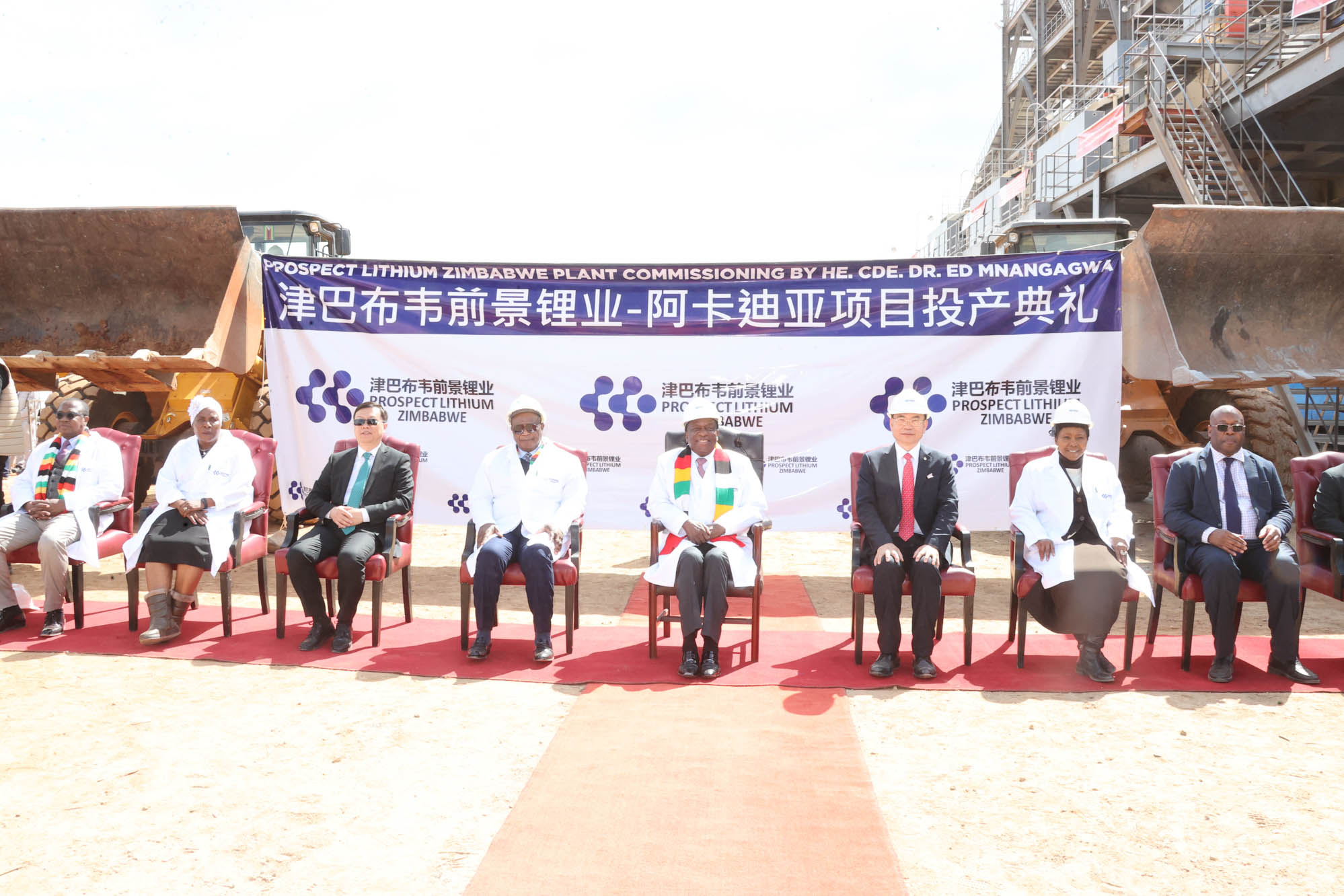
“The concept of the interchange is such that it fits well into the developments happening around the Harare-Masvingo Highway . . . which will proceed to the Harare-Chirundu Highway as well. The traffic on this stretch had been compromised by the traffic at the Mbudzi roundabout and the idea was to decongest the roundabout.
“The interchange works in such a way that a motorist driving from Masvingo does not have to stop, and will either join the Glen Norah Road using off-ramp, goes straight into Harare Central Business District (CBD) using the top level or proceed to Chitungwiza using a designated loop. The top level is the main stem of the interchange and has a network of loops and ramps that motorists will use to communicate with whichever side of town they want to [go],” explained Eng. Dube, adding:
“Similarly, traffic moving southwards, or out of Harare, either proceeds unhindered towards Masvingo, proceeds to Chitungwiza off-ramp or connects to Glen Norah through a designated loop.
“Those transitioning from Glen Norah will have the option of proceeding straight to Chitungwiza, off-ramp to Harare or off-loop to Masvingo. The same goes for those travelling out of Chitungwiza, who have the option of travelling straight to Glen Norah, off-ramp to Masvingo and through a designated loop to the town centre.
“Our primary concern when designing this interchange was cargo traffic. We want cargo to pass through the interchange as efficiently as possible and what was happening at Mbudzi before this transformation was detrimental to the free flow of traffic [and cargo]. But, as the President is always saying, we should move towards being an upper-middle income economy, hence the need to address the challenges that were obtaining at Mbudzi.”
The Mbudzi Interchange, whose construction began in September 2022 and is set for completion in March 2024, barring any unforeseen challenges. Again, nyika iri kuvakwa nevene vayo at Mbudzi Interchange as Zimbabwean professionals heed President Mnangagwa’s call to come back home and build their country.
Gwayi-Shangani Dam: At long last, Matabeleland will be green
Since 2004, the construction of the Gwayi-Shangani Dam has faced a myriad of challenges and so when the Second Republic announced that this project was among its top priorities, some people from Matabeleland thought President Mnangagwa was playing politics with a very emotive topic. The honest truth is that quite a number of people in Matabeleland had lost hope of ever seeing this dam being constructed in their lifetime.
President Mnangagwa has changed the narrative with the construction of the Gwayi-Shangani Dam. The construction of the dam is being funded by the government through the Public Sector Investment Programme (PSIP) and is being implemented through the Zimbabwe National Water Authority (Zinwa). It has a capacity of 635 million cubic metres, making it the country’s third largest inland water body after Tugwi-Mukosi and Mutirikwi, both in Masvingo Province.
One of the flagship projects being spearheaded by the government in its ambitious plan to transform the drought-prone region into a greenbelt, Gwayi-Shangani Dam will be the largest dam in Matabeleland North Province. Being built at a cost of about US$121.7 million, the dam is a godsend for the people of Matabeleland, the City of Bulawayo included, who have literally been “starved” of water since time immemorial.
According to the latest Zinwa update, the project is now 70.2% complete.
The dam, which comprises the first phase of the long-mooted National Matabeleland-Zambezi Water Project (NMZWP), will have a capacity to irrigate up to 10,000 hectares and in addition to supporting fish farming. Phase 2 of the NMZWP entails the construction of a 251 km pipeline to take water from the dam to Bulawayo. The third and final stage will see the construction of a 122 km pipeline from the Zambezi River to link the Gwayi-Shangani Pipeline.
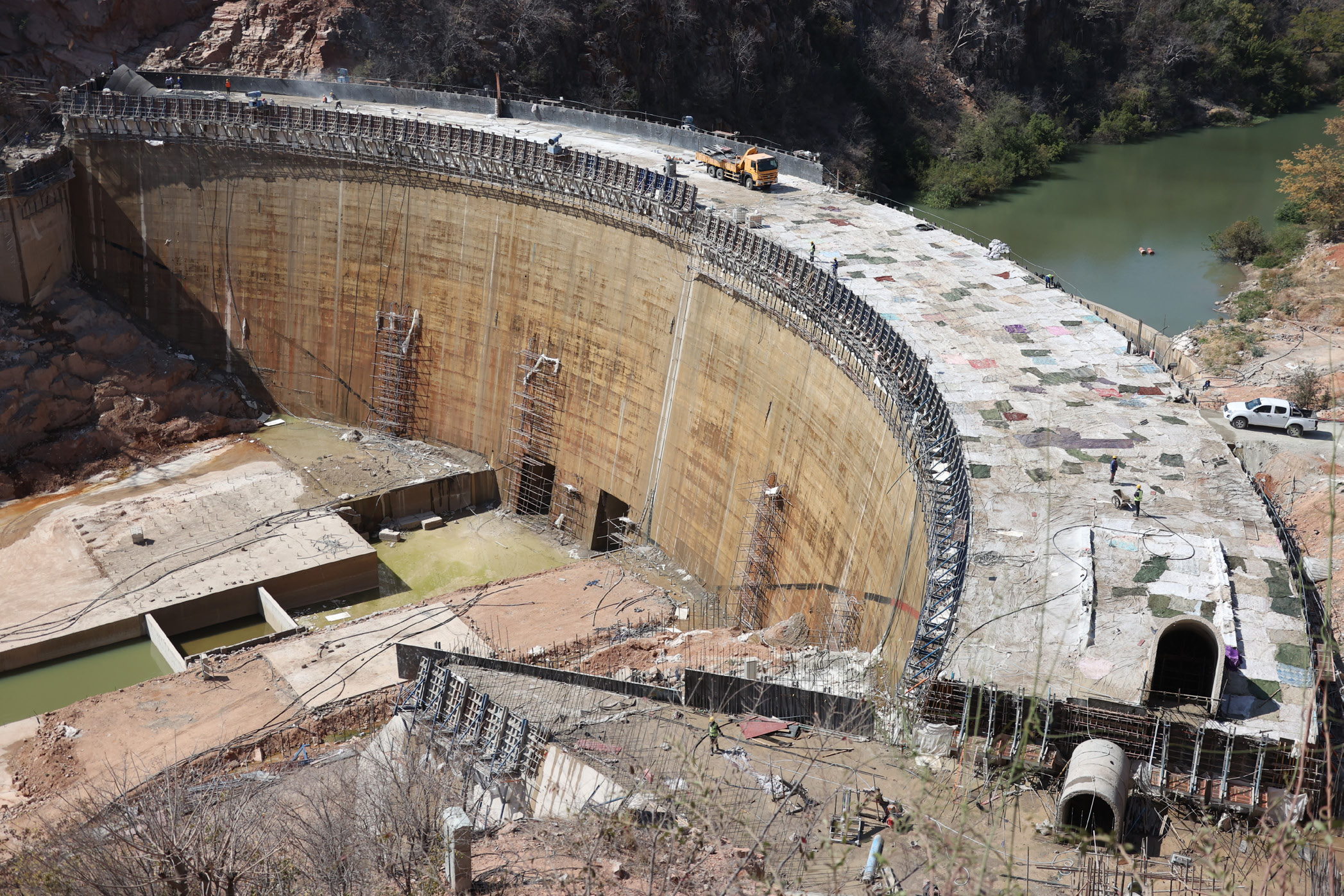
Unfortunately, the project was put on hold in 2019 and 2020 following the outbreak of the Covid-19 pandemic. However, the Second Republic has since demonstrated its commitment to finishing its construction, come rain or sunshine. Those who have visited the construction site have left the site in awe at the massive works taking place.
Other major dams under construction include Semwa Dam in Rushinga, Ziminya Dam in Nkayi, Matabeleland North; Vungu Dam in Silobela, Midlands; while Muchekeranwa Dam near Marondera has since been completed. The long-awaited Kunzvi Dam, meant to augment Harare Metropolitan Province’s water supply, is also poised for take-off under the Second Republic.

DINSON Iron and Steel Company: Putting Zimbabwe to the international steel map
Since the Second Republic came into office, the heavens have opened up in Zimbabwe’s mining sector, a development that has seen the Minister of Mines and Mining Development, Winston Chitando, coming up with a US$12 billion target. When Minister Chitando came up with this mouthwatering figure in 2019, quite a number of people thought he had taken leave of his senses, but now everyone believes the ministry can actually surpass the target.
There is a lot of activity happening in the mining sector, but one development that will put Zimbabwe on the global steel map is the DINSON Iron and Steel Company (DISCO) investment in Manhize near Chivhu. The project is fast changing the face of Manhize, and Zimbabwe should get ready to be one of the biggest steel producers in the world.
According to information released in April, DISCO had already pumped in US$750 million into the construction of the US$1.5 billion steel plant in Mvuma, with the project now 60% complete. The development of the steelworks, which is touted to be Africa’s largest integrated steel plant, began in 2022 with an initial production deadline of August this year. However, this has since been pushed back to November 2023 due to disruptions caused by incessant rains experienced earlier this year.
At full throttle, the steel plant is expected to produce 1.2 million tonnes of steel annually with the first phase of the investment targeted to produce 600,000 tonnes of carbon steel per year for local and export markets.
As a result of the development of the steel plant in Manhize, a new town is sprouting while a number of infrastructural development projects are also coming on board. New projects linked to the steelworks plan include a bridge DISCO has already constructed across the Munyati River, road and rail networks in the area and a dam to supply water for domestic and industrial use.
An irrigation project is also on the cards in line with the Second Republic’s thrust of stimulating production across all sectors of the economy as enshrined in NDS1 and Vision 2030 aspirations.
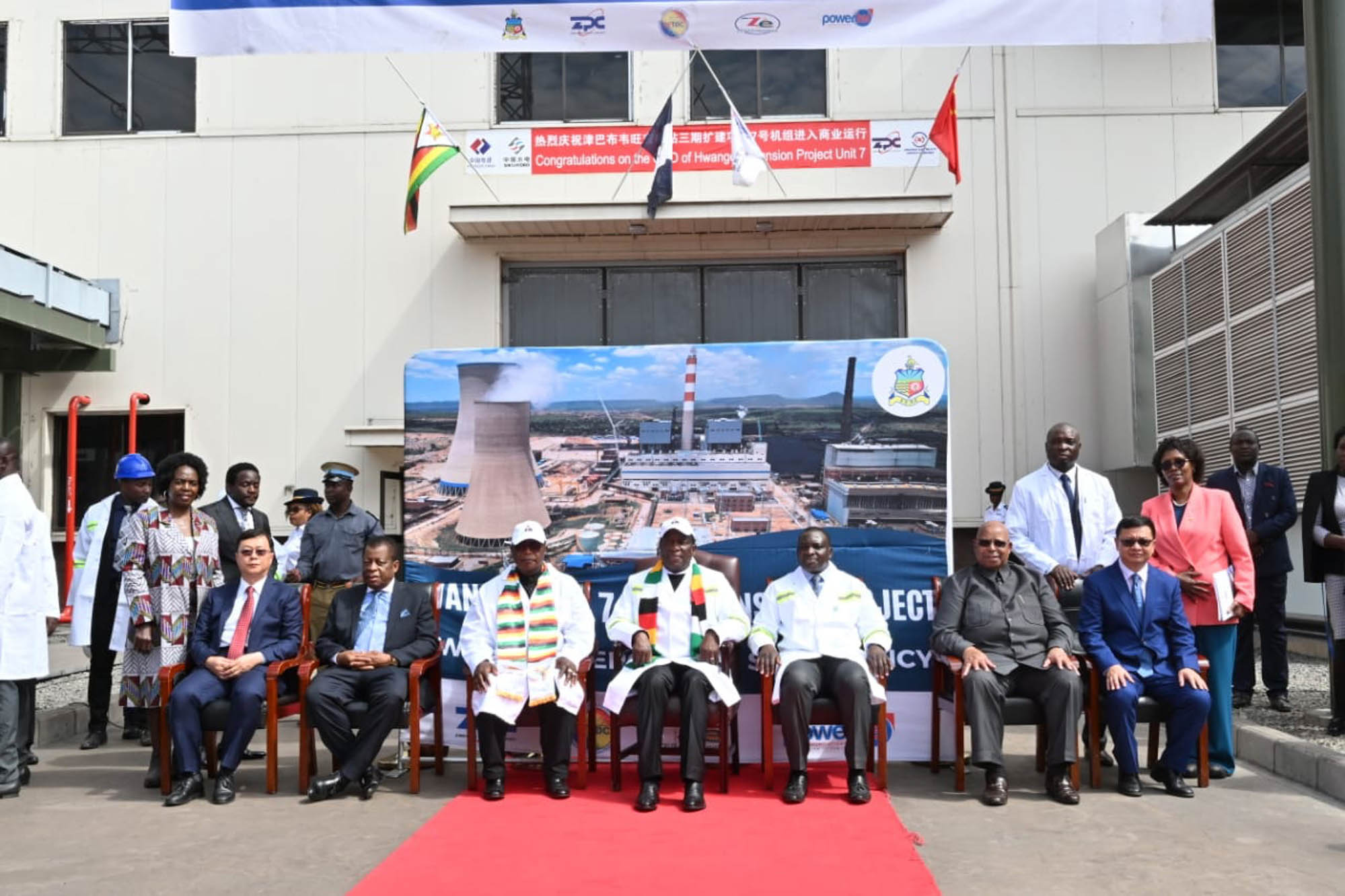
DISCO has signed a Memorandum of Understanding (MoU) with the government to refurbish and construct a 1 000-km-long railway line for a dedicated, reliable, uninterrupted and efficient transportation of the firm’s products to local and export-imports markets. DINSON has expressed willingness to partner with investors in the construction of the railway line, and that interested partners would recoup their investment by charging for goods carried on the railway line.
For the record, DISCO is one of the three local subsidiaries of China’s largest stainless steel producer, Tsingshan Holdings. The group’s other local subsidiaries include DINSON Colliery and Afrochine Smelting (Pvt) Limited.
Let there be light, as Hwange 7 & 8 feed into national grid
There was a time, not so long ago, when Zimbabwe had been reduced to the “Dark Ages” due to prolonged loadshedding that put a damper on efforts to boost industry’s capacity utilisation. The abnormal had become normal as the country could go for up to 18 hours per day under without power.
In August 2018, the Second Republic decided that enough was enough, as it embarked on the expansion of Hwange Power Station by introducing Hwange 7 and 8 Units. Again, the naysayers took to Twitter and other social media platforms to express their frustration at the government’s alleged lethargy. They thought with the country reeling under the illegal sanctions, there was no way the government could fund this project “on its own”. But President Mnangagwa is a leader who believes in the old saying that where there is a will, there is always a way.
While addressing yet another bumper crowd recently at Centenary, in Mashonaland Central Province, President Mnangagwa said: “We went to China in 2018; President of China Xi Jinping is my friend. He asked me what help I needed and he gave me a grant to build a new Parliament. I can see the Speaker of Parliament, Comrade [Jacob] Mudenda, is here smiling because of the new Parliament built by the Chinese. They also gave us the Harare [Robert Gabriel Mugabe] International Airport. I was there last week, commissioning it. It’s a state-of-the-art structure.
“We were also given funds to the tune of US$3 billion again by President Xi Jinping to refurbish our power stations. From now onwards, we are getting 600MW and loadshedding has eased because of the increased power generation. Some of our power generation projects are yet to be completed, but they are due for completion.”
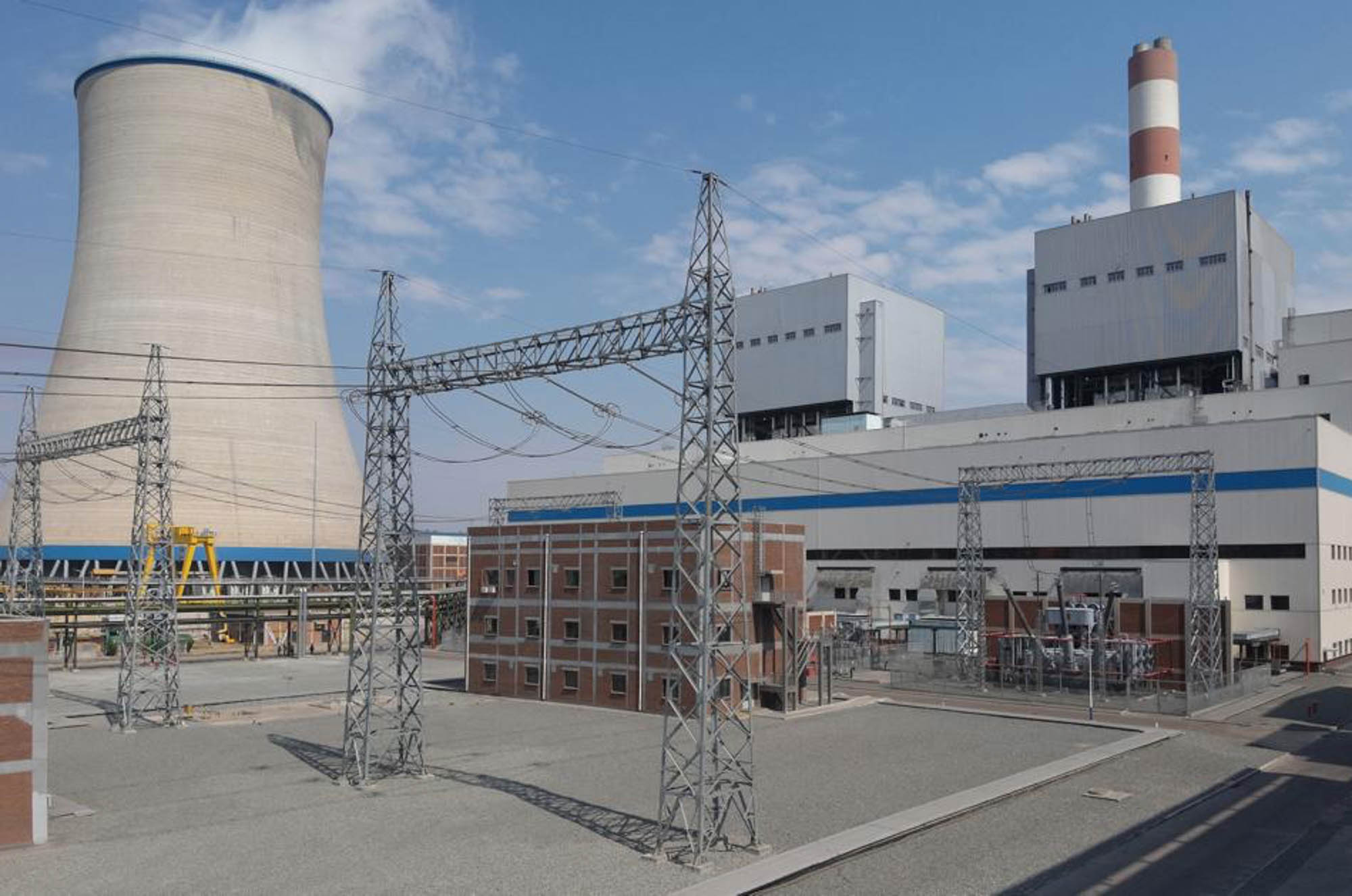
Indeed, President Mnangagwa is right. Over the past few weeks, loadshedding has eased, amid reports that the Zimbabwe Electricity Supply Authority (Zesa) is satisfied with test results from Hwange Thermal Power Station’s new Units 7 and 8.
Zesa spokesperson, Dr George Manyaya, recently told the media that there had been a lot of technical work going on to ensure the commissioning of a robust system. The combined 600MW from the two new units at Hwange will alleviate the country’s power problems and allow maintenance work to start on the rundown six old units which have the capacity to produce 920MW.
“We would like to thank all stakeholders for their patience, specifically allowing for more time to complete all the technical procedures in the correct manner. Commissioning is a delicate procedure and has to be done diligently. We are pleased that we have conformed to the standards.
“Furthermore, we are also satisfied that based on test results that have been taking place since December 2022, the Hwange 7 and 8 units have been well-designed and built to world standards. It has been prudent to carefully undertake all the commissioning tests that typically take six weeks in terms of engineering practice,” the Zesa spokesperson told a relieved nation.
It’s all systems go at Hwange 7 and 8. This is not hearsay. Sales of liquid petroleum gas (LPG) have dipped while those for traditional electric gadgets such as stoves, televisions, even heaters, have gone up. These developments on the ground speak for themselves.
Meanwhile investments keep flowing into the country’s manufacturing sector
One of President Mnangagwa’s mantras is that Zimbabwe is open for business. For those who haven’t been following developments on the ground closely, this may sound like the proverbial pie in the sky, but the Second Republic is reaping the fruits.
For example, on 6 July 2023, President Mnangagwa had a hectic schedule as he commissioned state-of-the-art machinery at two Harare companies. First on his schedule was the vertical mill plant at Khayah Cement (formerly Larfarge) before he moved on to Delta Corporation where he commissioned three more projects. These included the Southerton Chibuku Super factory, soft drinks PET line and high-tech lager beer packaging line.
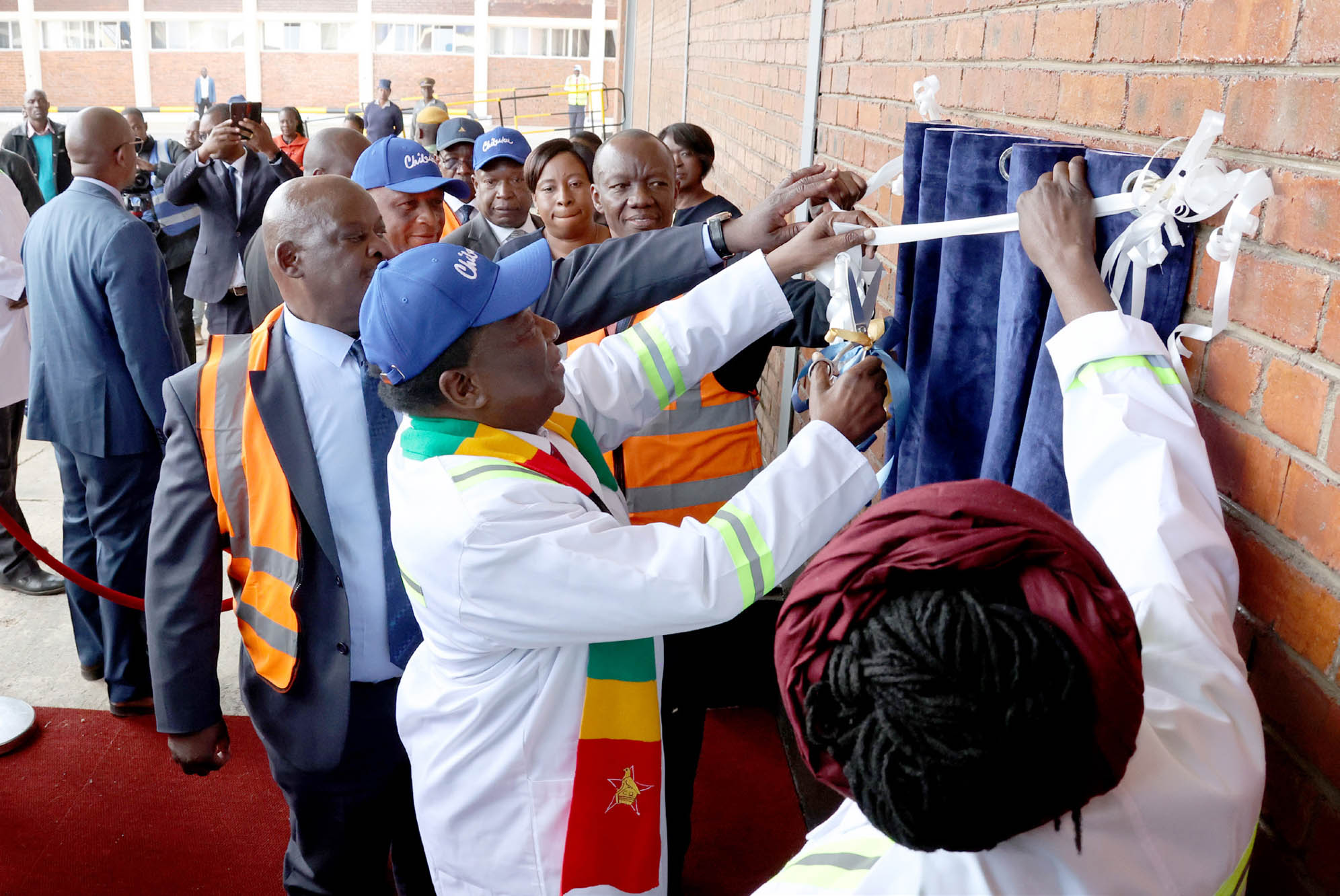
President Mnangagwa was full of praise for Khayah Cement for producing and supplying cement towards the massive construction programmes covering roads, dams, energy and housing across the country. The new mill plant falls under Phase 2 of Khayah’s expansion project. Phase 1 of the company’s expansion project involved installation of a dry mortar mix and agricultural lime plant.
Said President Mnangagwa: “In the area of infrastructural development, the Second Republic is rolling out programmes and projects to upgrade and modernise the country’s infrastructure, I commend Khayah Cement for playing a critical part, including supplying cement to the ongoing boom of construction programmes such as road rehabilitation, dam construction, energy infrastructure development and housing projects, being undertaken by both the public and private sectors.
“The measures being implemented by the Second Republic have consistently created an enabling business environment, making Zimbabwe an easier and more competitive place to do business. The ‘Zimbabwe is Open for Business’ mantra continues to be a success. To bolster our ongoing economic reform efforts, the Zimbabwe Investment and Development Agency [ZIDA] and other relevant institutions will continue to refine the ease-of-doing-business environment, facilitate and promote trade as well as enforce competition law . . .
“The successes we have scored in the agriculture and small-scale mining sectors, among others, must translate to an improved quality of housing and business infrastructure in our communal, farming and mining areas. Together, let us play our part in the modernisation of the livelihoods of our people, as we move more of them out of poverty to a higher quality of life. It is equally important that flagship investments such as this one drive productivity growth, create more jobs, propel import substitution and contribute to the growth of our Gross Domestic Product (GDP).
“In keeping with our Local Content Strategy, industry is encouraged to continue manufacturing and promoting the use of our local goods and products. Nyika inovakwa, igotongwa, igonamatigwa nevene vayo/Ilizwe lakhiwa, libuswe, likhulekelwe ngabanikazi balo,” said the President.
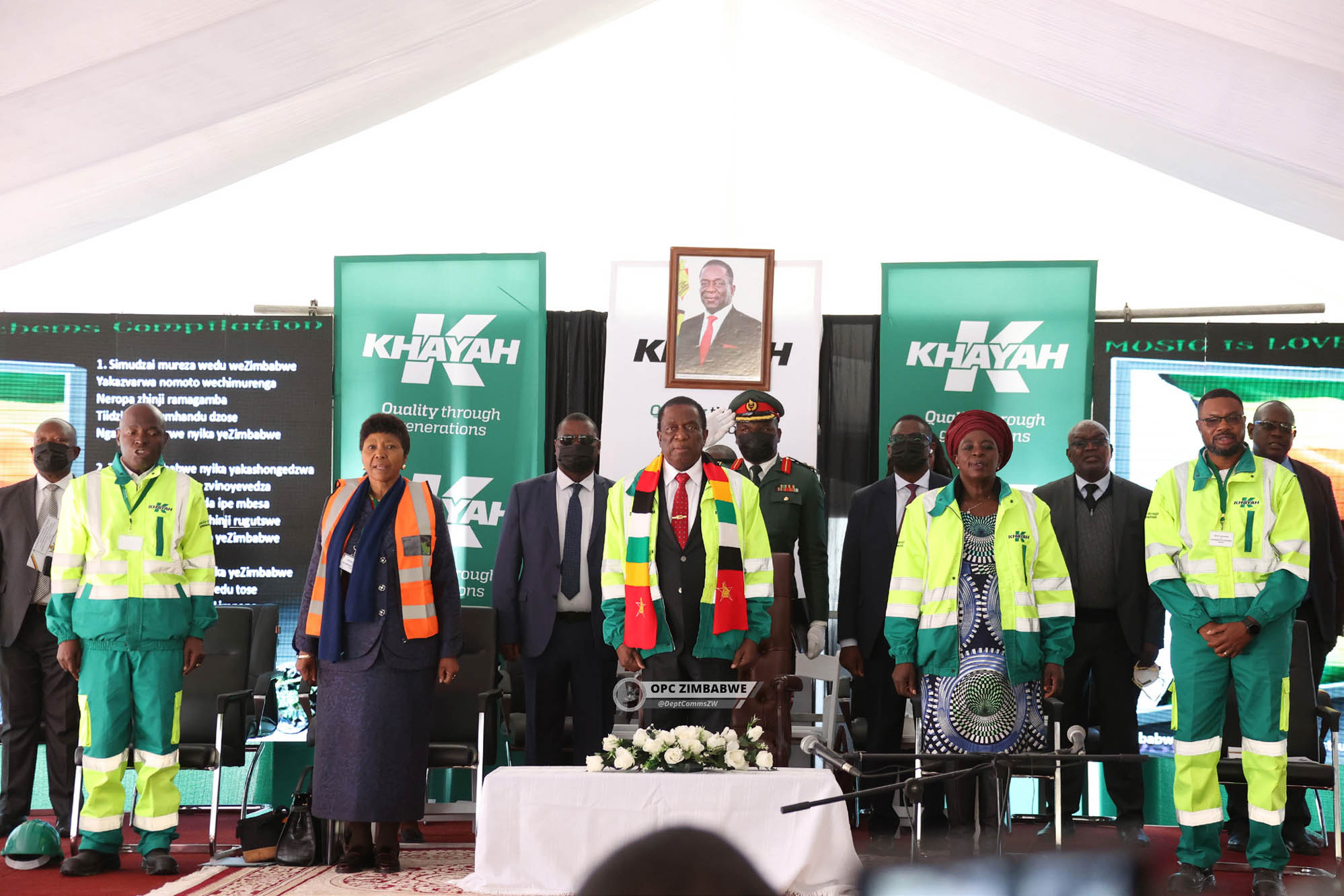
including supplying cement to the ongoing boom of construction programmes such as road rehabilitation, dam construction, energy infrastructure development and housing projects, being undertaken by both the public and private sectors,” said President Mnangagwa when he comissioned the vertical mill plant at Khaya Cement (formerly Lafarge) on 6 July 2023
After commissioning the plants at Delta Corporation, President Mnangagwa revealed that the Zimbabwe Stock Exchange-listed company had invested US$169 million since 2017, signalling a show of confidence in the government’s policies.
“This investment by Delta Corporation, which has been operating in the country for 125 years, demonstrates the confidence by players in the manufacturing industry in the business-friendly policies being ushered by the Second Republic,” he said.
Food self-sufficiency: The untold story about village wisdom
When President Mnangagwa announced on 25 January 2023, in Dakar, Senegal, that Zimbabwe had turned the corner in terms of its agricultural revolution and was heading towards food self-sufficiency, the critics again dismissed his words as mere grandstanding. The President made these remarks during a presentation at the Dakar II Feed Africa Summit, where he spoke glowingly about Zimbabwe’s vision for agricultural growth, regional integration, public-private partnerships, and scaling up success stories.
In explaining the journey the country had walked, President Mnangagwa equated it to what he termed village philosophy. This is a philosophy which is premised on the fact that a country must be ruled and developed by its own citizens. To add on to land ownership — as per the village wisdom — the Second Republic, under the leadership of President Mnangagwa, identified a number of key aspects to address these, inclusive of inputs, irrigation and also developing climate-proof modes of farming, notably Pfumvudza/Intwasa.
“In Zimbabwe we had the problem of food insecurity and we said, how much food do we want in a year to feed our nation and the figure we got was 2 million tonnes of grain. So, we said, because there is climate change, how many hectares of land can we put under irrigation to produce 2 million-plus tonnes to feed the nation and we determined how much yield does a hectare have hence we knew the figures and we did that and we are now food secure.
“Secondly, we have been importing our wheat from Ukraine and fertiliser from Russia, now that side is problematic. We thus decided to say we need about 240,000 tonnes of wheat, so how [many] hectares do we need under irrigation to grow wheat and we calculated and put that number under wheat and we are now wheat sufficient and we believe next season we will be able to export wheat . . .
“Also, it is necessary that we harvest water and we have a programme where we are constructing dams in all our eight agricultural provinces and making sure we irrigate enough land to feed the nation,” he told the summit.
Focusing on enhancing productivity, the government has unveiled policies and initiatives such as the National Enhanced Agriculture Productivity Scheme (NEAPS) and the Presidential Inputs Scheme, which provide financial and technical support to small-scale farmers.
Now through this village wisdom, Zimbabwe is about to start exporting maize and wheat to Rwanda and some of its neighbouring countries. Cabinet has already approved the export of 40,000 tonnes of maize to Rwanda while several countries in the region are lining up with requests for maize and wheat.
A few years ago, it was difficult to fatheom Zimbabwe exporting maize and wheat, but President Mnangagwa has turned the tide. There is a popular Shona proverb which says a father who feeds his family to satisfaction can be excused if he goes on a beer drinking binge. Of course, President Mnangagwa isn’t going for any drinking binge. He is walking towards 23 August with a spring in his step because all the ducks are lining up perfectly for a resounding victory.
Quoting scriptures: A prayer as 23 August beckons!
Glory be to God!
On 24 July, President Mnangagwa met church leaders at the National Day of Prayer and Thanksgiving at State House, where he reiterated the importance of unity and peace as Zimbabwe continues on its development trajectory.
“There is no blessing in division, there is no prosperity and development without unity and peace. The blessing of life comes to the place where there is unity, love and peace. We thank Almighty God and all our people that, so far, our electoral process has proceeded without incident.
“I appeal to all political leaders and actors to keep the peace, unity and love prevailing in our nation. Peace must continue to endure, before, during and after elections . . .
“The scriptures in Proverbs 14:34, teach us that ‘Righteousness exalts a nation, but sin is a reproach to any people’. In righteousness is peace; in righteousness is justice; in righteousness is unity and all ingredients for a prosperous nation . . . The scripture also states in Proverbs 24:3-6 ‘Through wisdom a house is built, and by understanding it is established; by knowledge the rooms are filled with all precious and pleasant riches’.
“The Second Republic has made remarkable progress in upgrading the country’s power generation capacity. Blackouts and loadshedding are now a thing of the past. More continues to be done in the area of renewable energy, so our accelerated economic growth is matched by adequate energy supply.
“The recovery and growth of our tourism sector underpinned by the upgrading and modernisation of airports and buoyed by recovery in national and international tourism is there for all to see. Tourism celebrates what God has given our nation: the flora, the fauna and the sites. As a nation, we thank God for all these successes.”

